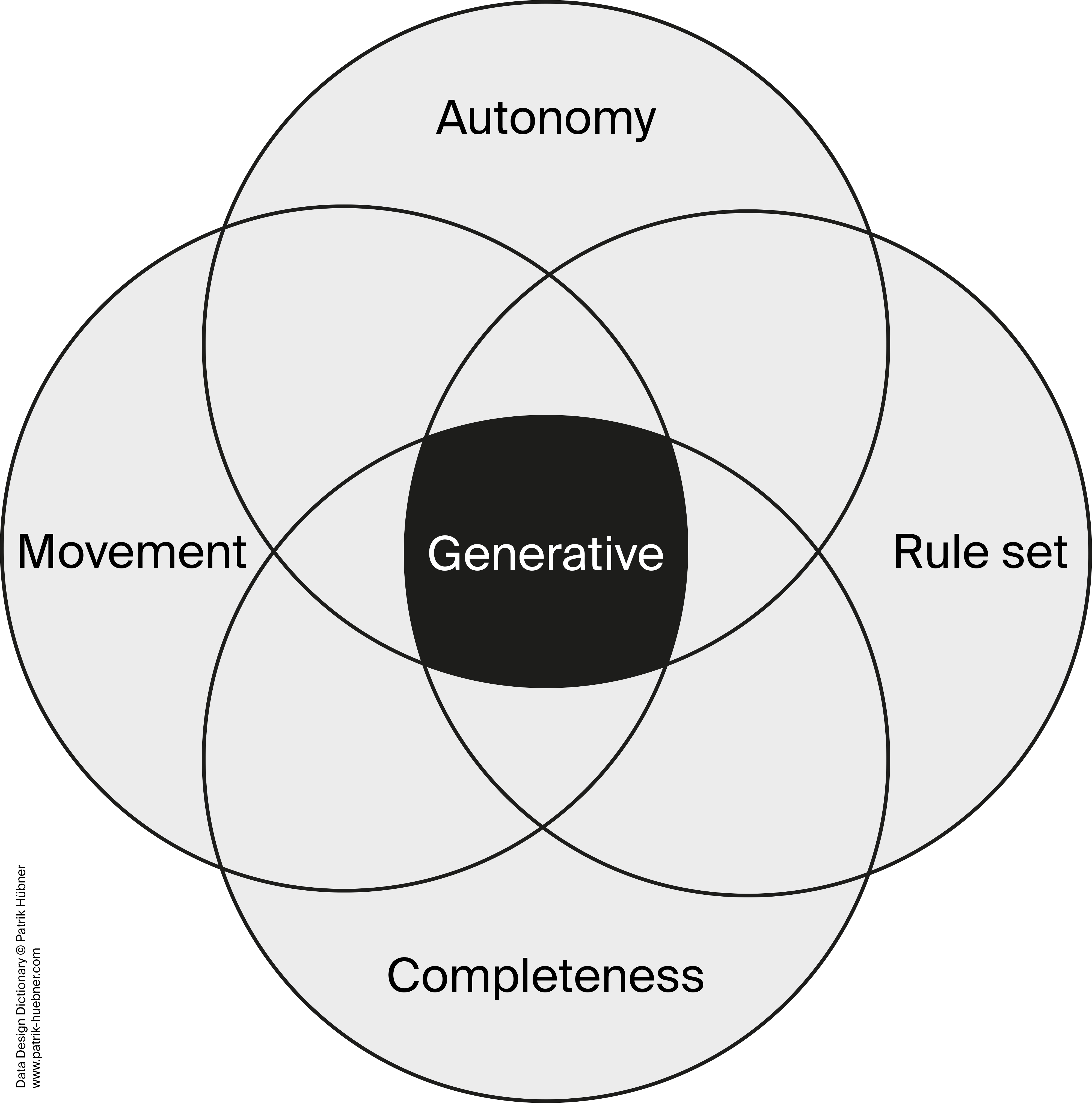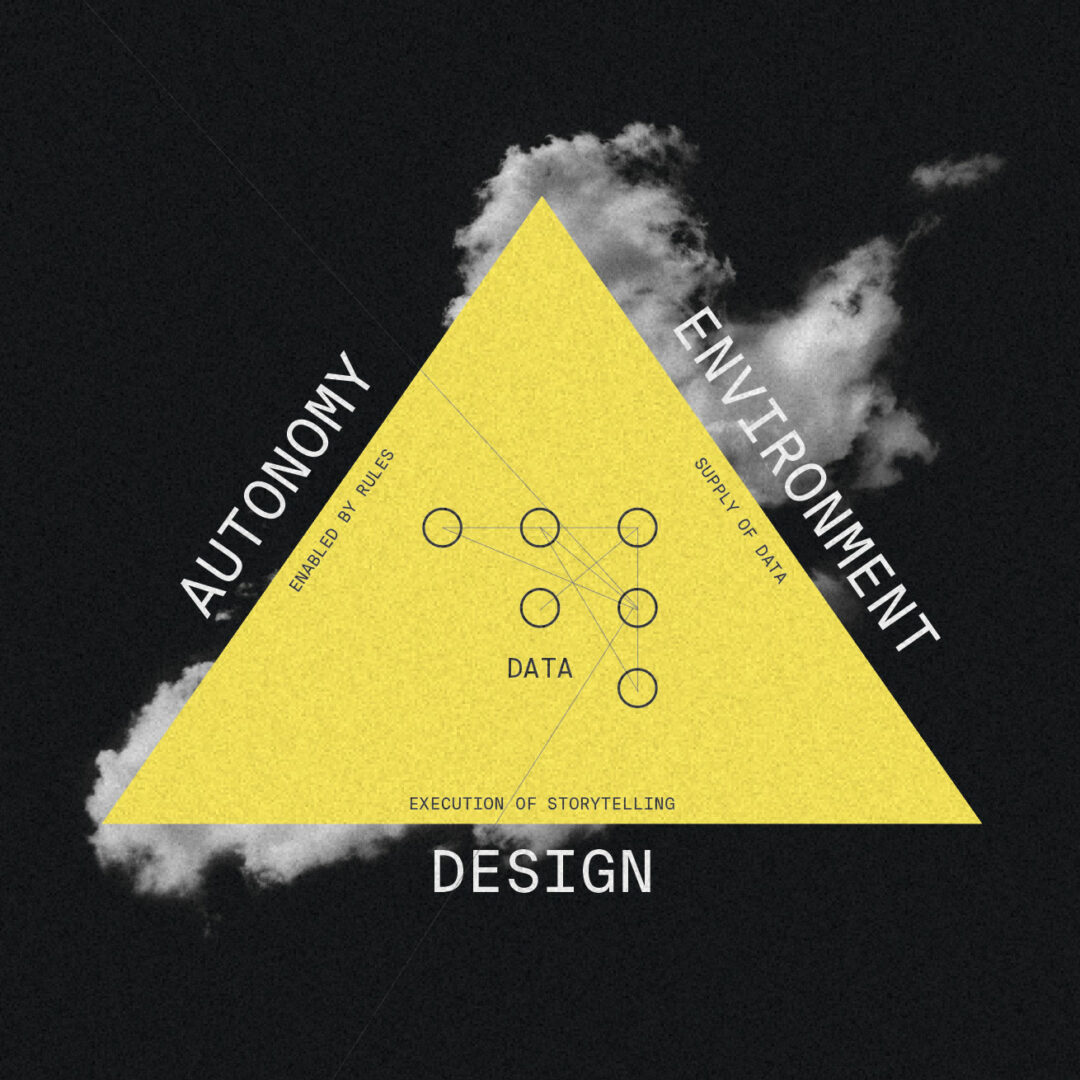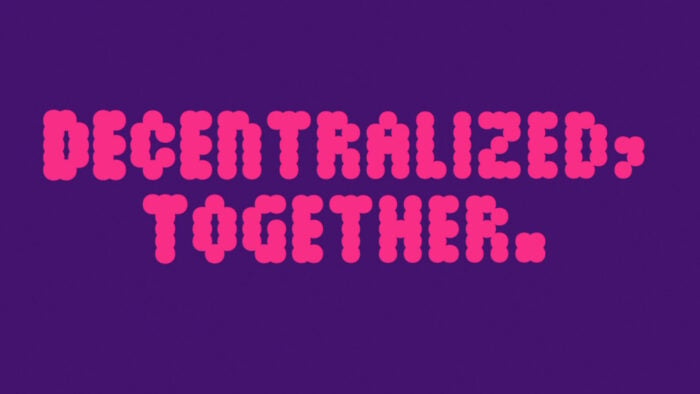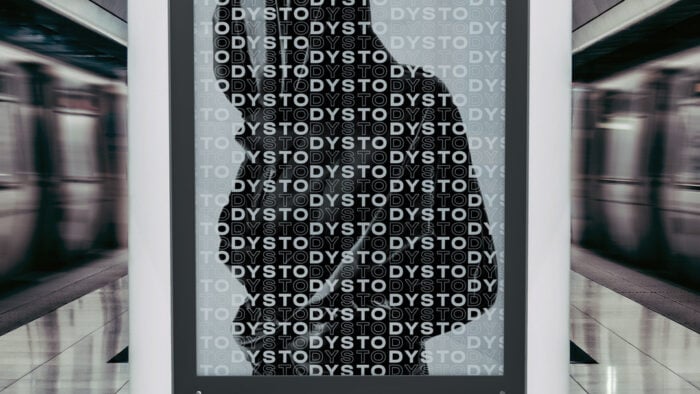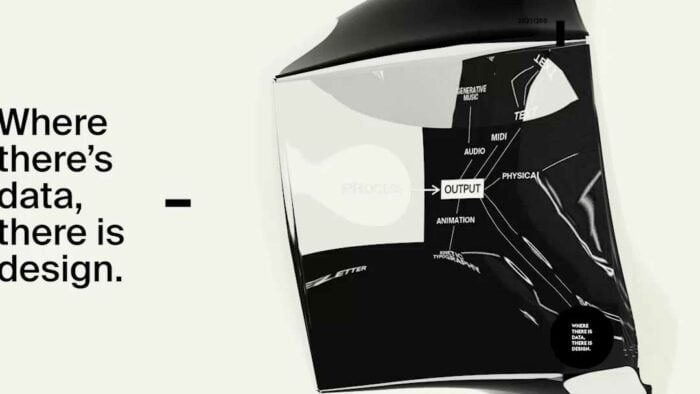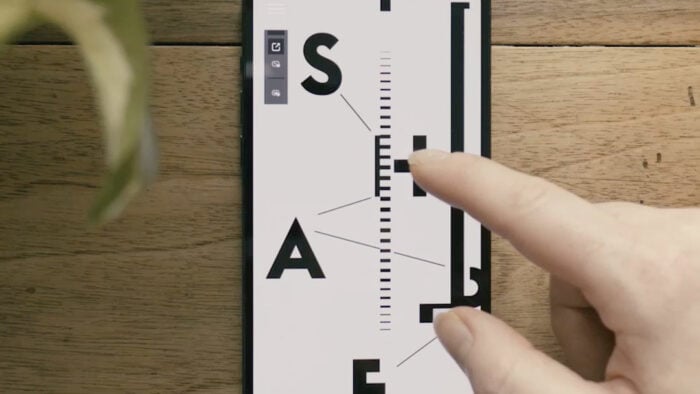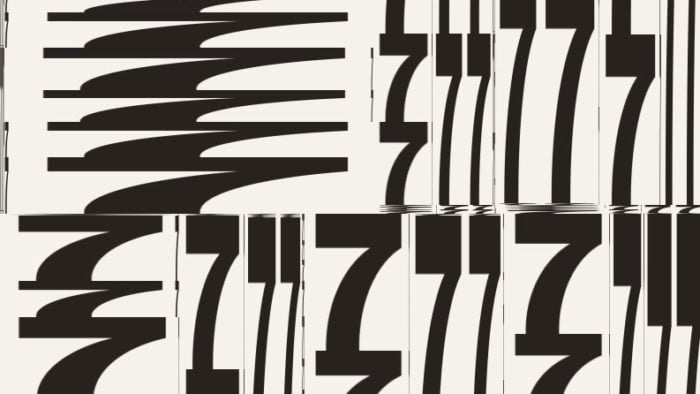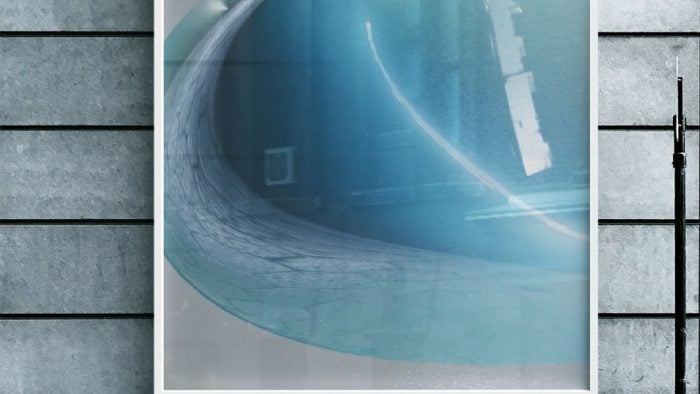Map of relevant entites and relationships
{
“nodes”: [
{ “id”: 1, “label”: “Generative Design”, “title”: “Design approach using algorithms to produce multiple output solutions based on set parameters.” },
{ “id”: 2, “label”: “Algorithms”, “title”: “Set of rules or instructions designed to perform a particular task.” },
{ “id”: 3, “label”: “Parameters”, “title”: “Input values or conditions set by the designer and/or the environment.” },
{ “id”: 4, “label”: “Storytelling”, “title”: “The purpose of the design and emotonal anchor for the audience to connect to” },
{ “id”: 5, “label”: “Simulation”, “title”: “Virtual representation of real-world scenarios.” },
{ “id”: 6, “label”: “Human Intervention”, “title”: “Actions or interventions by a human that judge or assess the generated designs.” },
{ “id”: 7, “label”: “Solution Space”, “title”: “Range of possible design outputs.” },
{ “id”: 8, “label”: “Future Aesthetics”, “title”: “Exploration of how issues of the present and future can be expressed and negotiated through design” },
{ “id”: 9, “label”: “Data Sources”, “title”: “Sources from the environment that can influence the system” },
{ “id”: 10, “label”: “AI & Machine Learning”, “title”: “Technologies that enable computers to learn and make decisions.” }
],
“edges”: [
{ “from”: 1, “to”: 2, “label”: “Employs” },
{ “from”: 1, “to”: 3, “label”: “Requires” },
{ “from”: 1, “to”: 4, “label”: “Creates” },
{ “from”: 1, “to”: 5, “label”: “Utilizes” },
{ “from”: 1, “to”: 6, “label”: “Guided By” },
{ “from”: 1, “to”: 7, “label”: “Explores” },
{ “from”: 1, “to”: 8, “label”: “Results in” },
{ “from”: 1, “to”: 9, “label”: “Is influenced by” },
{ “from”: 1, “to”: 10, “label”: “Incorporates” }
]
}
This map is interactive.
Hover over elements to learn more. Click-and-drag elements to move them around.
